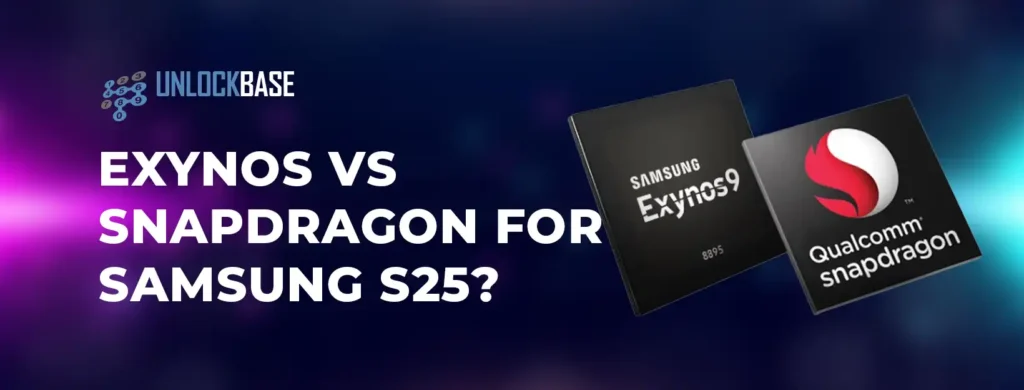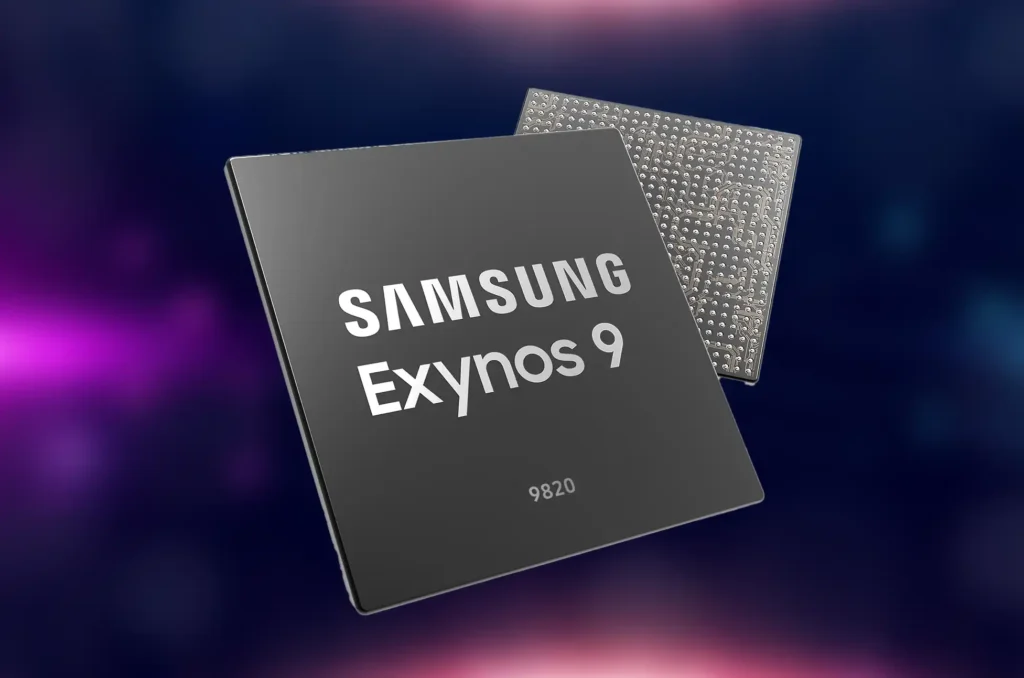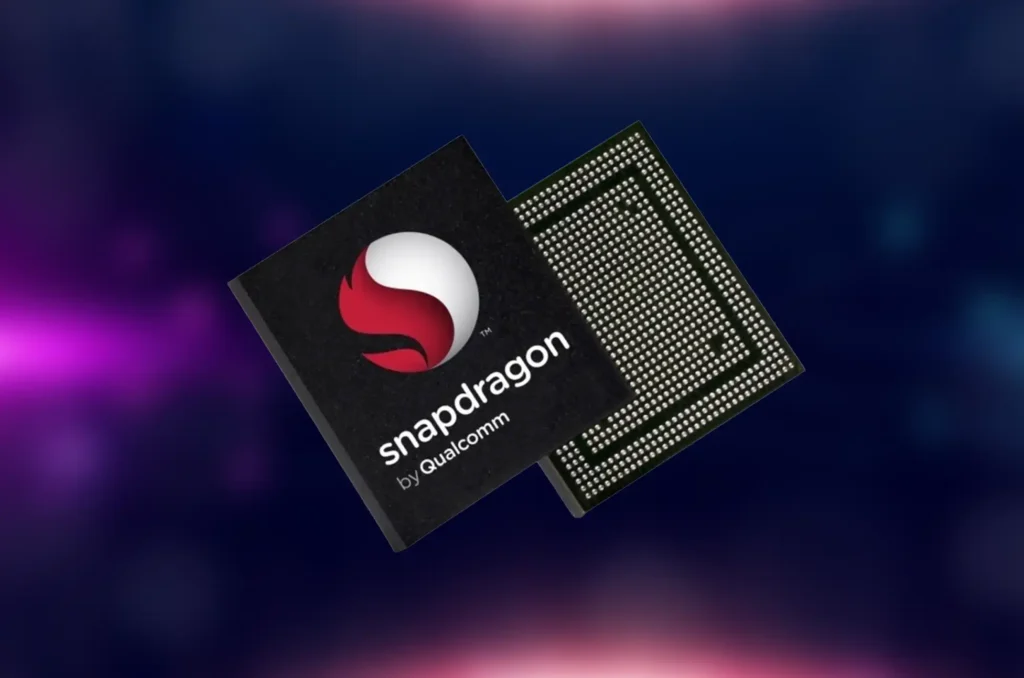
We’re still months away from the Samsung Galaxy S25 series launch, but it promises to be one of the most talked-about smartphone releases. With the latest Arm CPUs and GPUs being announced, the Exynos vs Snapdragon debate is heating up more than ever. For those who don’t know, the Galaxy S24 series uses the Snapdragon 8 Gen 3 in the Ultra and in models for the US, China, and some other markets, while global customers get the Exynos 2400 in the S24 and S24 Plus. This split has been the norm for years.
Samsung tries to keep features consistent across models, but differences in performance, battery life, and networking due to varying chipsets are inevitable. The newly announced Arm CPU cores are set to make the Exynos 2500 and Snapdragon 8 Gen 4 even more distinct, potentially fueling the Exynos vs Snapdragon debate more than ever before.
Could the shift from Cortex CPUs in Exynos to Phoenix CPUs in Snapdragon result in significant performance differences?
Qualcomm has relied on Cortex CPU core designs from Arm since the Snapdragon 835 in 2017. Before that, it developed custom Krait cores and is now returning to a similar approach with the Snapdragon 8 Gen 4, featuring six Phoenix L and two Phoenix M cores from the Oryon architecture, following its acquisition of Nuvia in 2021. Samsung, on the other hand, has consistently used Arm’s Cortex CPUs for its Exynos chips. Although they don’t always share the same topology, Exynos vs Snapdragon have shown similar performance and features over the years. With the Exynos 2500 likely using Arm Cortex-X925, A725, and A520 cores, the performance between Exynos vs Snapdragon models could diverge significantly, highlighting the evolving Exynos vs Snapdragon debate.
When comparing Exynos vs Snapdragon, it’s more than just price and power. Let’s dive into the details of Arm Cortex versus Oryon/Phoenix with a dash of enthusiasm!

So, Qualcomm’s custom CPU is like the seasoned veteran, built on the trusty Armv8 architecture. But wait, 2024’s Cortex lineup steps in with Armv9.2, boasting shiny new features like Scalable Vector Extension (SVE2) and Memory Tagging Extension (MTE), introduced back in 2021 with Armv9.
Now, why should you care? SVE2 instructions are a game-changer for tasks like machine learning and fancy DSP stuff that hog CPU time. Arm claims around 70% of AI-centric apps run on the CPU, not a separate neural processor. With its latest X925 CPU core, Arm promises solid ML boosts. Translation: your AI tasks might fly on the X925 compared to the older 8 Gen 4’s CPU. That could mean developers relying more on the SoC’s neural processor and Qualcomm’s APIs, which might not bode well for third-party goodies or keeping up with Exynos performance. Tough luck, Snapdragon!
Should Samsung consider a global Exynos Galaxy S25 to keep prices down?
Any platform based on a PC-class CPU will be powerful but may also be power-hungry. Rumors suggest next-gen phones might have larger batteries, but not necessarily due to higher power consumption. Typically, Exynos has better battery life than Snapdragon, which could lead to noticeable differences in battery life and capacity. If Arm’s latest CPU platform is up to 30% more power-efficient, this could be significant.
The performance level of Qualcomm’s Phoenix cores is still uncertain. Arm’s 35% generation boost with the Cortex-X925 could match or slightly surpass the Apple A16 Pro’s single-core performance. If Qualcomm’s Phoenix cores exceed Apple’s, the performance gap in the Galaxy S25 series and other Android phones could widen. However, if the Phoenix cores are too power-hungry, the Snapdragon 8 Gen 4 might struggle to maintain the performance of Exynos, reversing recent trends. The Exynos vs Snapdragon debate could heat up significantly with these developments.
With the Snapdragon 8 Gen 4 expected to be more expensive, how will this impact the cost of Exynos models?

Prices are expected to rise significantly with the Snapdragon 8 Gen 4, likely due to custom-core development costs, a more expensive 3nm TSMC manufacturing process, and a premium for top-tier performance. This leaves consumers wondering if Samsung will adjust pricing differently in exynos vs snapdragon regions or adopt a flat pricing strategy, potentially leading to higher costs globally for varying performance.
Samsung could adopt a strategy similar to Apple’s, which uses older but capable silicon in lower-priced iPhones. A global rollout of the Exynos 2500 for the base Galaxy S25 might keep costs down, as the Exynos 2500 is still new. Samsung has laid the groundwork for this with the Snapdragon-only Galaxy S24 Ultra. While this approach might widen the tech gap between standard, Plus, and Ultra models, it could be a fair trade-off.
Exynos vs Snapdragon Diverse CPUs: Implications for AI and Security Features
Security is a top priority for smartphones these days, and the latest chip battles are heating up in this area too. Here’s a breakdown of what to watch out for:
- Memory Tagging Extension (MTE): This fancy tech helps catch security weaknesses and stop attacks. Qualcomm’s current PC chips seem to have it covered, but their new phone chip (Phoenix) might be a question mark. Luckily, Google’s Android 13 paves the way for MTE, so expect more phones to benefit soon.
- Confidential Compute Architecture: This is a future-proof security feature that isolates apps and their data. It’s not yet mainstream, but it’s gaining traction in the security world. Qualcomm will need to keep an eye on this to stay competitive.
- Graphics and Modems: Aside from security, there are whispers that Samsung might widen the lead in graphics performance with their rumored AMD partnership. Additionally, some concerns linger about Exynos’ modem technology.
Overall, the chip war goes beyond just raw power. Security and future-proofing are becoming key battlegrounds for Exynos vs Snapdragon.
Conclusion
Upcoming phone chips (like Snapdragon 8 Gen 4) promise advancements but may hike prices. This could impact the Exynos vs Snapdragon debate as Samsung might have to adjust Galaxy S25 features or chipsets based on cost. We’ll see how it affects Android phone prices by the end of 2024. Let us know on the comments below what you think about Exynos vs Snapdragon for Samsung S25.
All products, and company names, logos, and service marks (collectively the "Trademarks") displayed are registered® and/or unregistered trademarks™ of their respective owners. The authors of this web site are not sponsored by or affiliated with any of the third-party trade mark or third-party registered trade mark owners, and make no representations about them, their owners, their products or services.

Comments are closed.